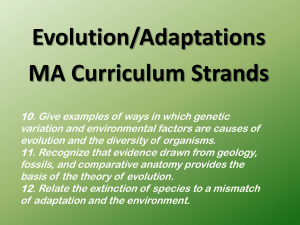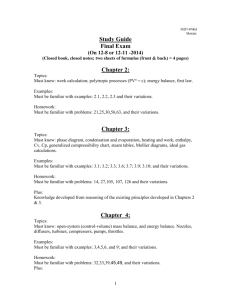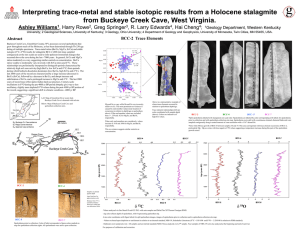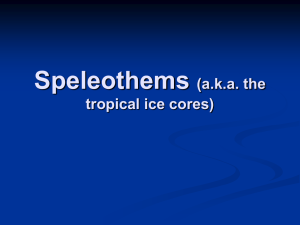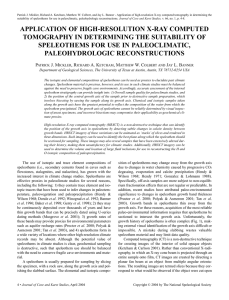Summary In the past 60 years, speleothems have successfully
advertisement
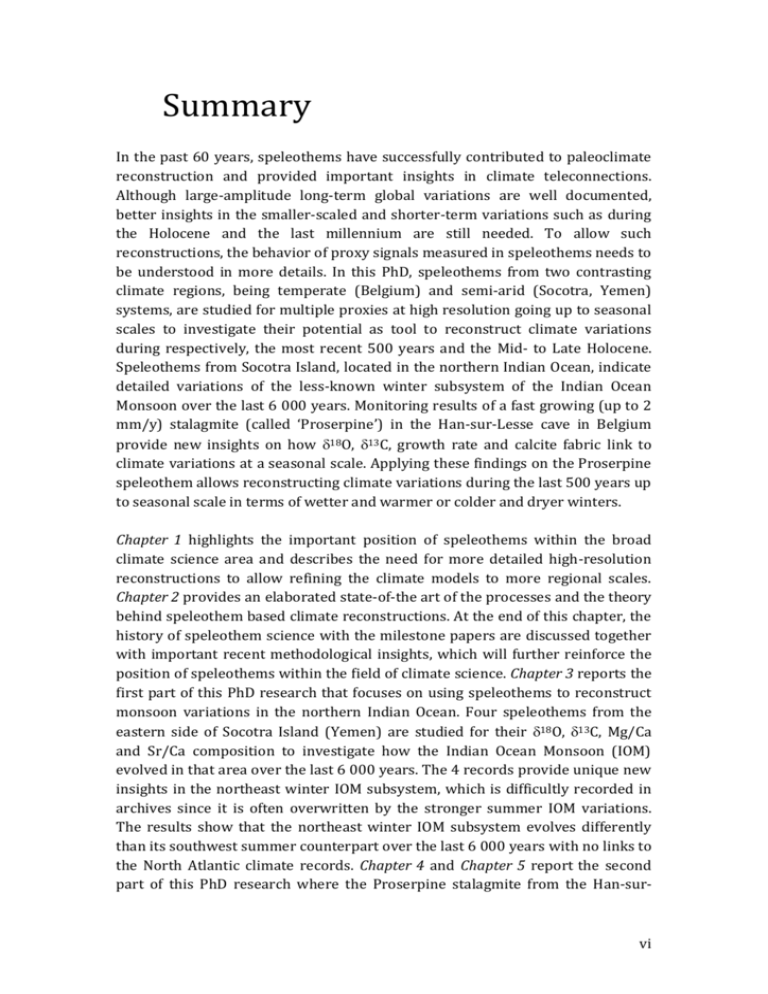
Summary In the past 60 years, speleothems have successfully contributed to paleoclimate reconstruction and provided important insights in climate teleconnections. Although large-amplitude long-term global variations are well documented, better insights in the smaller-scaled and shorter-term variations such as during the Holocene and the last millennium are still needed. To allow such reconstructions, the behavior of proxy signals measured in speleothems needs to be understood in more details. In this PhD, speleothems from two contrasting climate regions, being temperate (Belgium) and semi-arid (Socotra, Yemen) systems, are studied for multiple proxies at high resolution going up to seasonal scales to investigate their potential as tool to reconstruct climate variations during respectively, the most recent 500 years and the Mid- to Late Holocene. Speleothems from Socotra Island, located in the northern Indian Ocean, indicate detailed variations of the less-known winter subsystem of the Indian Ocean Monsoon over the last 6 000 years. Monitoring results of a fast growing (up to 2 mm/y) stalagmite (called ‘Proserpine’) in the Han-sur-Lesse cave in Belgium provide new insights on how 18O, 13C, growth rate and calcite fabric link to climate variations at a seasonal scale. Applying these findings on the Proserpine speleothem allows reconstructing climate variations during the last 500 years up to seasonal scale in terms of wetter and warmer or colder and dryer winters. Chapter 1 highlights the important position of speleothems within the broad climate science area and describes the need for more detailed high-resolution reconstructions to allow refining the climate models to more regional scales. Chapter 2 provides an elaborated state-of-the art of the processes and the theory behind speleothem based climate reconstructions. At the end of this chapter, the history of speleothem science with the milestone papers are discussed together with important recent methodological insights, which will further reinforce the position of speleothems within the field of climate science. Chapter 3 reports the first part of this PhD research that focuses on using speleothems to reconstruct monsoon variations in the northern Indian Ocean. Four speleothems from the eastern side of Socotra Island (Yemen) are studied for their 18O, 13C, Mg/Ca and Sr/Ca composition to investigate how the Indian Ocean Monsoon (IOM) evolved in that area over the last 6 000 years. The 4 records provide unique new insights in the northeast winter IOM subsystem, which is difficultly recorded in archives since it is often overwritten by the stronger summer IOM variations. The results show that the northeast winter IOM subsystem evolves differently than its southwest summer counterpart over the last 6 000 years with no links to the North Atlantic climate records. Chapter 4 and Chapter 5 report the second part of this PhD research where the Proserpine stalagmite from the Han-sur- vi Lesse cave is studied to investigate how speleothem proxies record climate variations at seasonal resolution in temperate climates such as Belgium. First, a one year (= 2013), biweekly cave monitoring of the Proserpine growth site is carried out in Chapter 4 to investigate how 18O, 13C, layer thickness and calcite fabric changes can be used to reconstruct the paleoclimate at seasonal scale. The most important conclusions of this work are that seasonal climate variations, i.e. seasonal variations in the climate parameters (in this thesis, effective precipitation and temperature), are quickly transferred into the cave and that they are successfully recorded in the speleothem calcite. Seasonal 18O variations reflect temperature variations, whereas seasonal 13C, layer thickness and growth rate variations reflect changes in effective precipitation. These acquired insights are used in Chapter 5 to interpret seasonally resolved 18O, 13C, layer thickness and calcite fabric changes in the Proserpine stalagmite over the last 500 years to investigate climate variations during the last part of the Little Ice Age (LIA, ± 1300-1850) and the anthropogenic period (most recent 150 years). Decadal and centennial changes in the measured proxies reconstruct winter precipitation intensities and temperatures and indicate the occurrence of different climatic events that correspond with known European variations. Seasonal variations are well recorded in the stalagmite and provide new knowledge on seasonal temperature and effective precipitation over the studied period in Northern Continental Europe. This work illustrates that, provided a good knowledge of the cave system combined with a multiproxy approach; speleothems from temperate climates successfully record lower-amplitude and seasonal variations. vii




